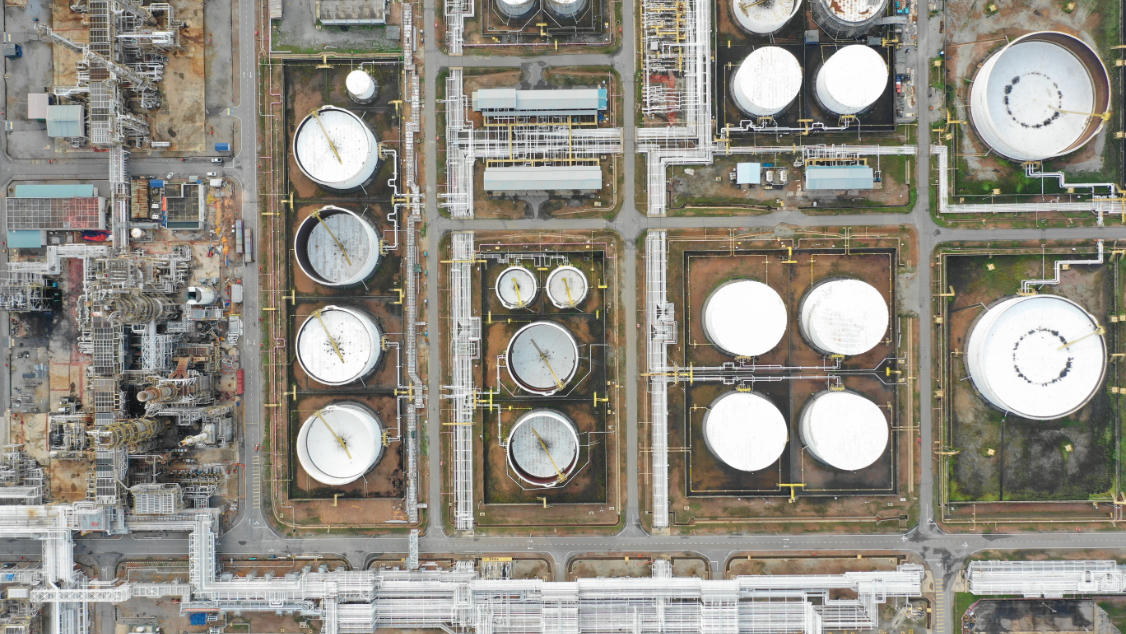
Asian SOEs net-zero attitudes ‘challenging’, finds CA100+
Role of NDCs in Asia potentially creating a shortfall, according to the initiative. State-owned enterprises (SOEs) are found to have “challenging” attitudes to net zero, according to the Climate Action 100+ (CA100+).
State-owned enterprises (SOEs) are found to have “challenging” attitudes to net zero, according to the Climate Action 100+ (CA100+).
The initiative has found SOEs in Asia demand a different engagement approach to engagement due to their ties to the state, with these governments often heavily influencing net zero policies.
The findings come from an updated investor guide for Asia, which found the general approach to sustainability demonstrated by these SOEs tends to reflect that of their home government.
In speaking to investors, the CA100+ found third-party expectations may not be perceived as being relevant to an SOE’s purpose and activities.
In particular, CA100+ identified the role nationally determined contributions (NDCs) play in Asia.
These are set emission targets influenced by national policy commitments on climate change and are usually identified as a benchmark for companies to follow.
However, CA100+ has argued an aggregate of current commitments made in Asian NDCs are not sufficient without a “temporary overshoot”.
Due to these reasons, the CA100+ is advocating specific approaches being adopted for SOEs in Asia and other companies heavily influenced by the state.
Miranda Zhao, head of ESG Research at China Asset Management, a member of CA100+, said: “[SOEs]not only have to fulfil their mission in terms of financial returns to the shareholders, but also they have to play additional roles in terms of benefitting society and other stakeholders. This is something that might not be controlled by the company management and cannot be impacted by the minority shareholders.”
An example of an SOE currently targeted by the CA100+ in Asia is Saudi Aramco, the state oil and gas firm and one of the largest firms in the world by revenue.
While the initiative is continuing to engage with the firm, as of writing Aramco has not met any of the initiative’s ten goals including a net zero by 2050 target or decarbonisation strategy, and as a state-owned enterprise would likely not alter its position without changing attitudes within the Saudi government itself.
Such work is crucial as Asian corporate culture is lagging the rest of the world when it comes to climate change.
CA100+ found 45% of Asian companies had set net-zero targets in the March 2022 update, whereas across the entire CA100+ universe 69% of companies had done so.
SOEs specifically also have a significant role to play in climate change.
According to research by Columbia University’s Centre on Global Energy Policy, in 2019 SOE greenhouse gas emissions were at least 6.2 gigatons of carbon dioxide, more than any single country except China.
The considerations in the updated guide were made in relation to the adoption of the CA100+ Net Zero Company Benchmark across Asia, a scheme designed to support investor engagement by providing a measure of company progress against the initiative’s goals of emissions reduction, governance, and disclosure.
The updated guide also found that collaborations between local and international investors can serve as an impetus for corporate climate action, as according to the CA100+ this demonstrates “a convergence of messages and priorities.”




